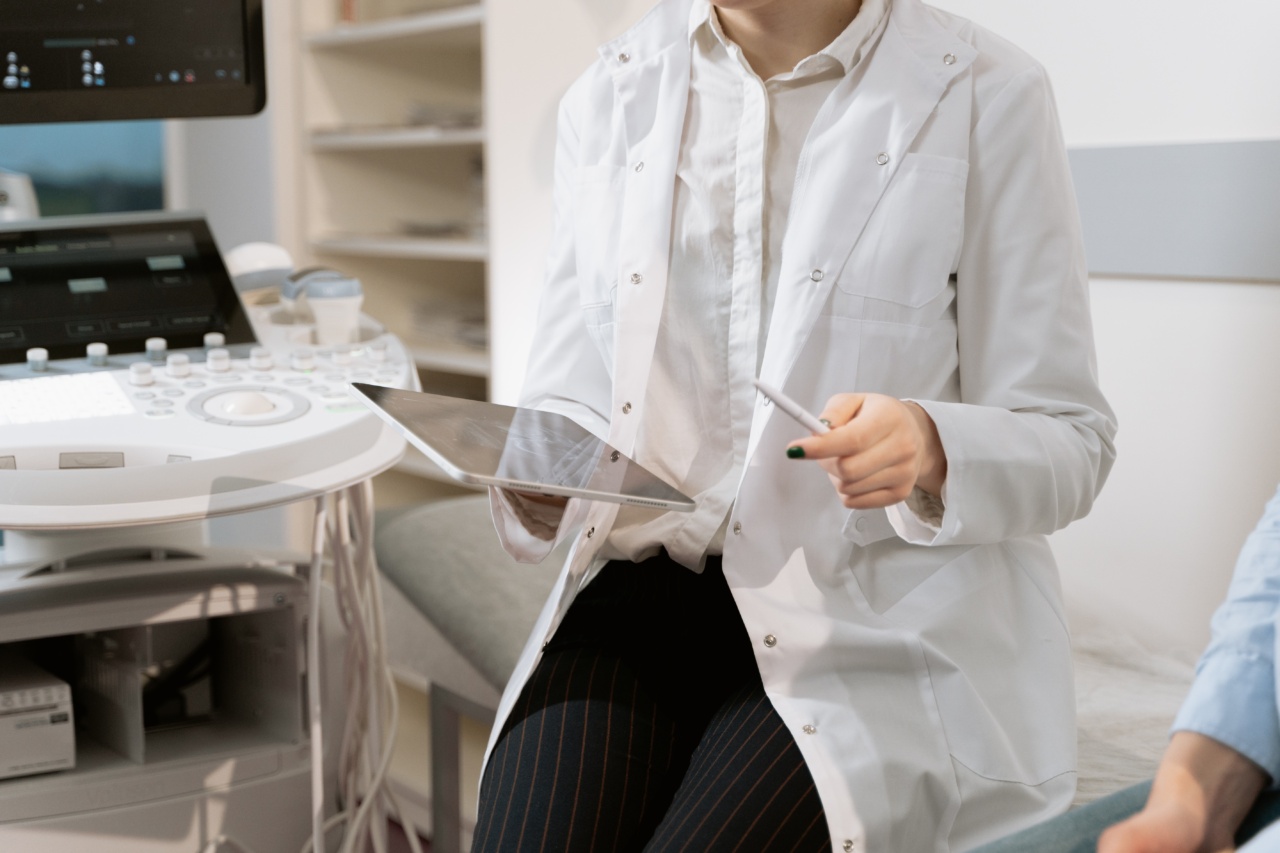Regular cervical cancer screening is the key to early detection and successful treatment. There are two primary methods of screening for cervical cancer, the PAP test and HPV test.
In this article, we will explore the differences between these two tests and which one is right for you.
What is a PAP Test?
A PAP test, also known as a PAP smear, is a method of cervical cancer screening that involves collecting cells from the cervix to check for any abnormalities.
During the procedure, a healthcare provider will use a speculum to open the vagina and then use a small brush or spatula to collect cells from the cervix. These cells are then sent to a lab for examination.
A PAP test can detect abnormal cells on the cervix, which may indicate the presence of precancerous or cancerous cells. Early detection of abnormal cells can help prevent the development of cervical cancer.
In general, women should begin receiving regular PAP tests at the age of 21. Women between the ages of 21 and 29 should have a PAP test every three years.
Women between the ages of 30 and 65 can choose to have a PAP test every three years or a combination of a PAP test and an HPV test every five years.
What is an HPV Test?
An HPV test is a method of cervical cancer screening that checks for the presence of the human papillomavirus (HPV) in cervical cells. HPV is a common sexually transmitted infection that can cause cervical cancer and other types of cancer.
During an HPV test, a healthcare provider will collect cells from the cervix in the same way as a PAP test. These cells are then sent to a lab to check for the presence of HPV.
Women who are between the ages of 30 and 65 can choose to have an HPV test every five years in combination with a PAP test. The HPV test can detect high-risk types of HPV that are more likely to lead to the development of cervical cancer.
What are the Differences Between the PAP and HPV Tests?
The main difference between the PAP test and the HPV test is what they are looking for. A PAP test looks for abnormal cells on the cervix, while an HPV test looks for the presence of HPV in cervical cells.
Both tests are effective at detecting cervical cancer, but the HPV test may be more accurate for women between the ages of 30 and 65.
This is because HPV is the primary cause of cervical cancer in these women, and the HPV test can detect the presence of high-risk types of HPV that are more likely to lead to the development of cervical cancer.
Which Test is Right for You?
The decision of which test to have depends on your age, medical history, and personal preferences. In general, women between the ages of 21 and 29 should have a PAP test every three years.
Women between the ages of 30 and 65 can choose to have a PAP test every three years or a combination of a PAP test and an HPV test every five years.
If you have a history of abnormal PAP tests or have other risk factors for cervical cancer, your healthcare provider may recommend more frequent screening or additional tests.
Conclusion
Cervical cancer screening is an important part of women’s health. The PAP test and HPV test are two effective methods of screening for cervical cancer.
Women should talk to their healthcare provider to determine which test is right for them based on their age, medical history, and personal preferences.



























